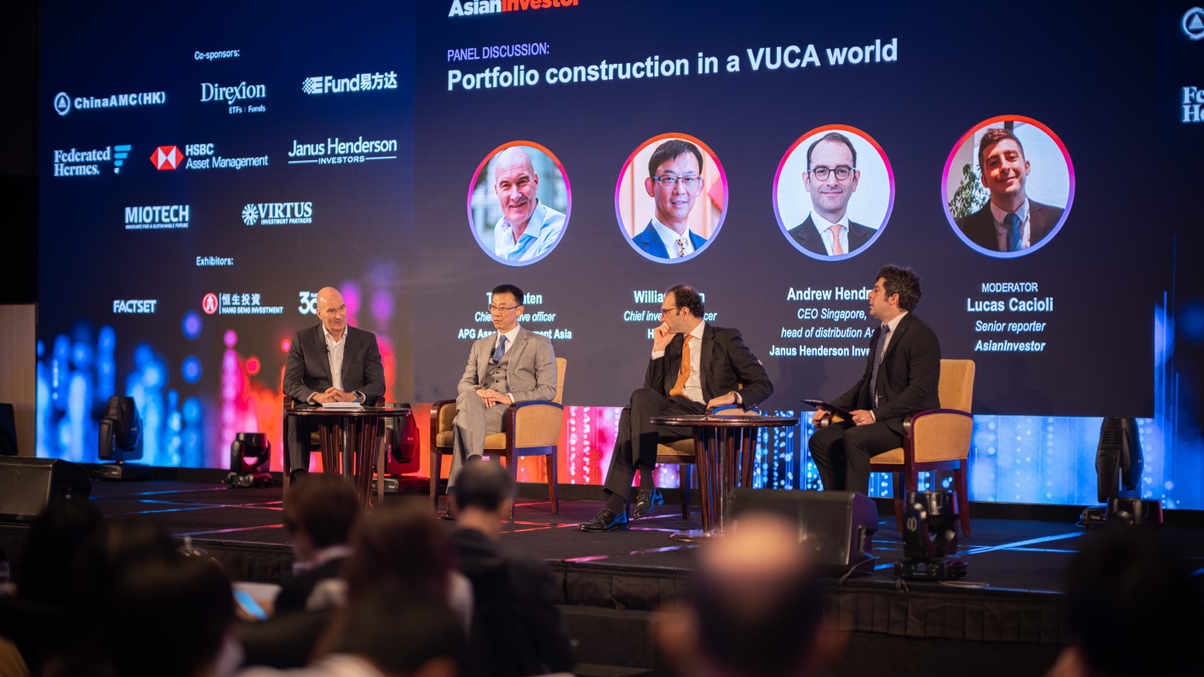HSBC Life, APG: How inflation is changing asset allocations
Understanding the relationship between asset prices and inflation is more crucial than ever for investors, but using data from the last decade to calculate asset correlation may not be wise, said HSBC Life’s CIO.

Sign in to read on!
Registered users get 2 free articles in 30 days.
Subscribers have full unlimited access to AsianInvestor
Not signed up? New users get 2 free articles per month, plus a 7-day unlimited free trial.
¬ Haymarket Media Limited. All rights reserved.


